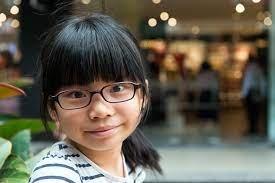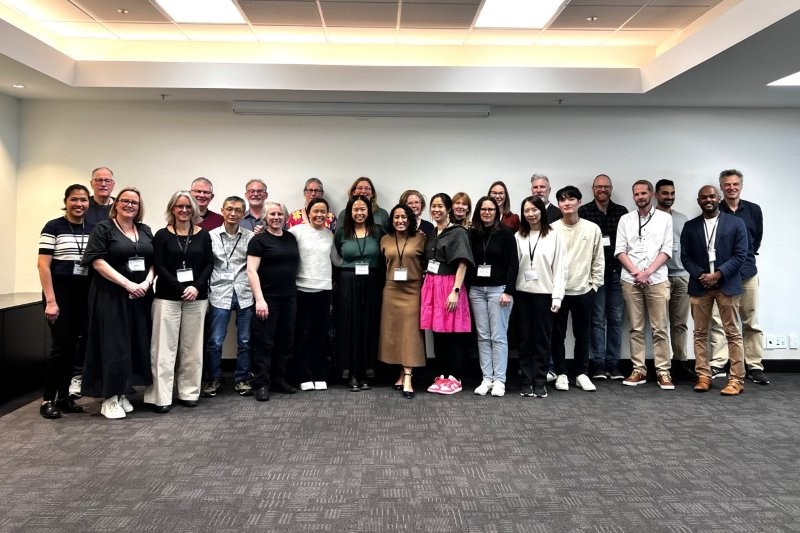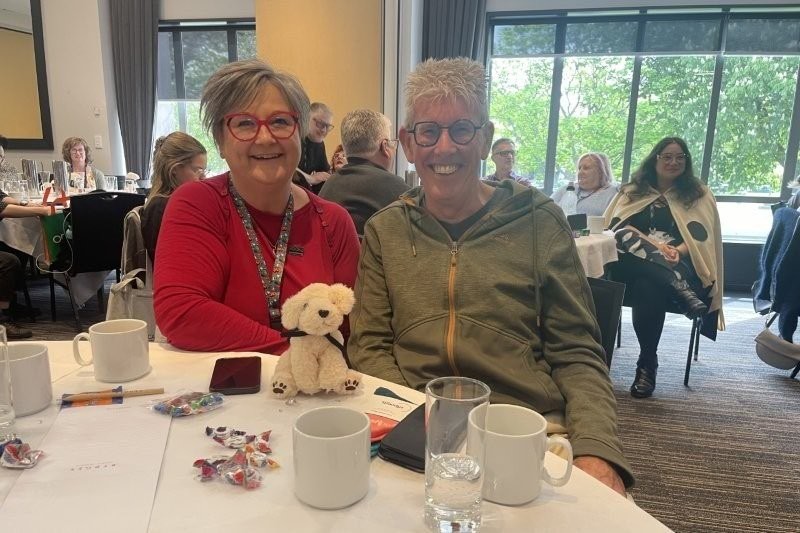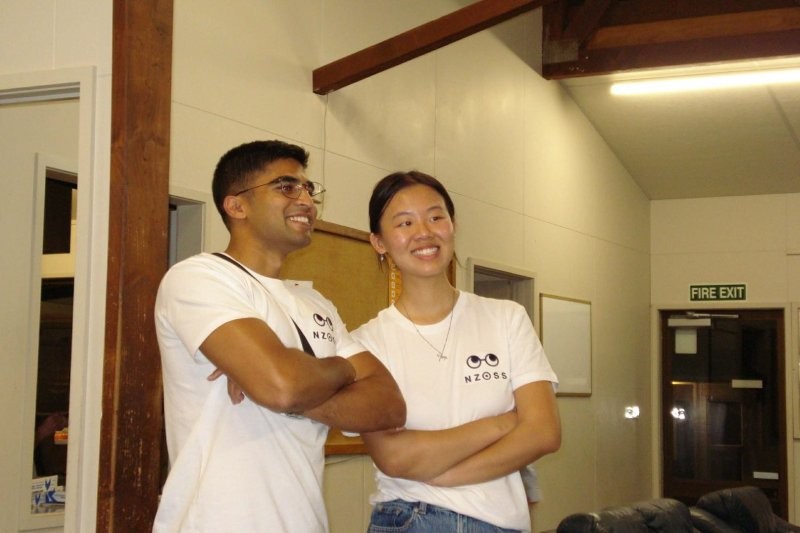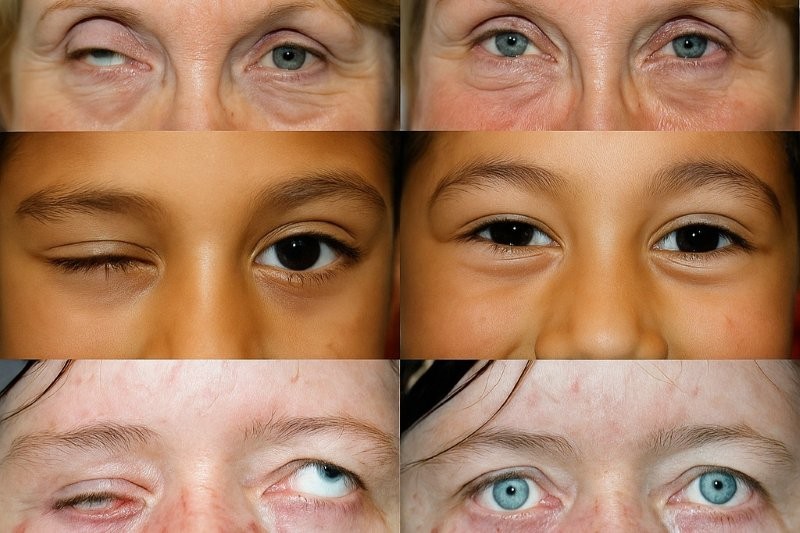Myopia control research review
Effect of high-add power, medium-add power, or single-vision contact lenses on myopia progression in children: the BLINK randomised clinical trial
Walline JJ et al
Jama. 2020 Aug 11;324(6):571-80
Review: The bifocal lenses in nearsighted kids (BLINK) study assessed the effect of multifocal soft contact lenses on myopia progression in 294 children over three years in a randomised controlled trial. The children, aged between seven and 11 years old, were fitted with Biofinity lenses, which were either +1.50 add, +2.50 add multifocal D, or spherical single vision. Over the three years, the high-add group progressed on average -0.60D (0.46D less than the control group), whereas the medium-add group progressed on average -0.89D (only 0.16D less than the controls). At the conclusion of the three years, only the high-add group demonstrated a significantly lower refractive error than the controls.
Comment: This study demonstrated that medium-add (+1.50) multifocal lenses are unlikely to produce a significant reduction in myopic progression, concluding that high adds (+2.50) should be the preferred choice for myopia control and confirming the slowing effect of myopic peripheral defocus on myopic growth in human eyes.
These findings pose an alternative treatment option to MiSight lenses, which may not be as accessible to all children with myopia as multifocal soft lenses. However, MiSight still holds distinct advantages over a standard multifocal soft contact lens, namely that they are daily disposable, which offers a greater safety profile in a potentially vulnerable group of lens wearers, and have a proprietary add which is specifically designed for children’s eyes.
Age effect on treatment responses to 0.05%, 0.025%, and 0.01% atropine: low-concentration atropine for myopia progression study
Li FF et al
Ophthalmology. 2021 Jan 8.
Review: Findings from year two of the low-concentration atropine for myopia progression (LAMP) randomised controlled trial were analysed to determine the impact of age on treatment effect. The 0.025% and 0.05% concentrations were shown to be more effective than 0.01% in a concentration-dependent manner and were well tolerated. Among the age groups (six, eight, and 10-year-olds), the youngest children had the most progression in axial length (AL) and spherical equivalent (SE) across all treatment groups. Researchers concluded that the youngest group required the highest concentration of 0.05% to achieve a similar treatment effect as older children.
Comment: The researchers have reported consistent findings across their phase 1 and 2 trials: while 0.01% atropine eye drops do slow the change in SE when compared to the control group, the AL change is minimally affected. This continues to be relevant to clinical practice.
The study highlights the variation of myopic progression at different ages – younger children progress more rapidly – and other studies support this. Clinicians may now consider the patient’s age when selecting the concentration of atropine to prescribe for their myopic patients, as perhaps higher concentrations provide the most benefit early and this can be tapered to lower concentrations in later childhood as myopic progression begins to stabilise. The researchers also pointed out the side effects (namely photophobia and loss of accommodative amplitude) are better tolerated at an early age as young children have larger amplitudes of accommodation, so may tolerate higher concentrations better.
Time spent outdoors in childhood is associated with reduced risk of myopia as an adult.
Lingham G et al
Scientific Reports. 2021 Mar 18;11(1):1-1
Review: The study observed the prevalence of myopia in a group of 303 young adults who had been studied for sun exposure as children in the 1995-2002 Kidskin study. This was a controlled trial in Perth that aimed to reduce harmful sun exposure to the skin, largely via education. While the Kidskin study found little evidence of benefits from the interventions, researchers were able to use objective and subjective measures of sun exposure in childhood to create a sun exposure index for comparison to myopia status in adulthood. The prevalence of myopia doubled for participants in the lowest quartile of the sun exposure index when compared to those in the highest quartile. Overall, the researchers concluded that the risk of myopia would be reduced by 50% if children were to increase outdoor time from one to three hours a day but admitted there are many complex interactions which could alter the risk of myopia onset.
Comment: For the first time, a study has demonstrated how childhood sun exposure may impact refractive error in adulthood and may also be beneficial for late-onset myopia. These results further support the potential benefits of time outdoors for lowering myopia risk. These findings should encourage clinicians to discuss outdoor time with their young myopic and at-risk patients and encourage the targeting of public health interventions towards children of any age.
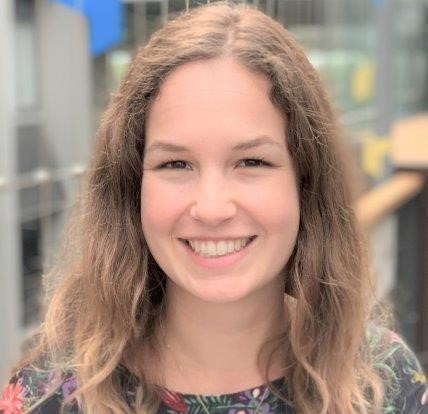
Optometrist Ashley Gray is working as a professional teaching fellow at the University of Auckland School of Optometry and Vision Sciences while completing her master of health sciences degree. Her major research interest is myopia control, specifically the use of atropine and the effects of outdoor exposure time.









